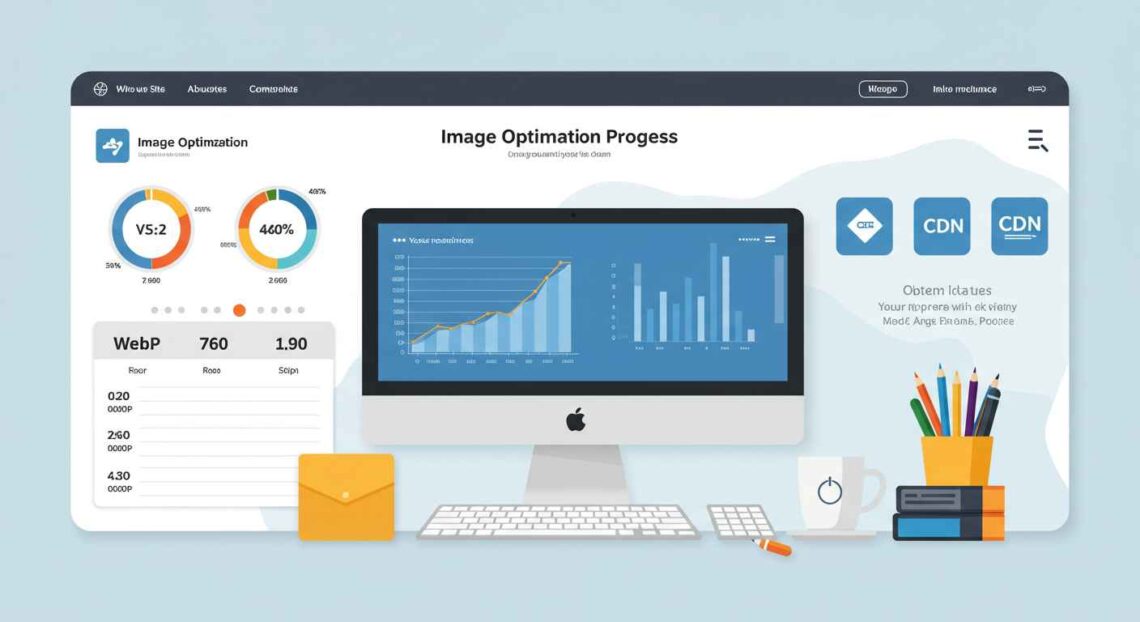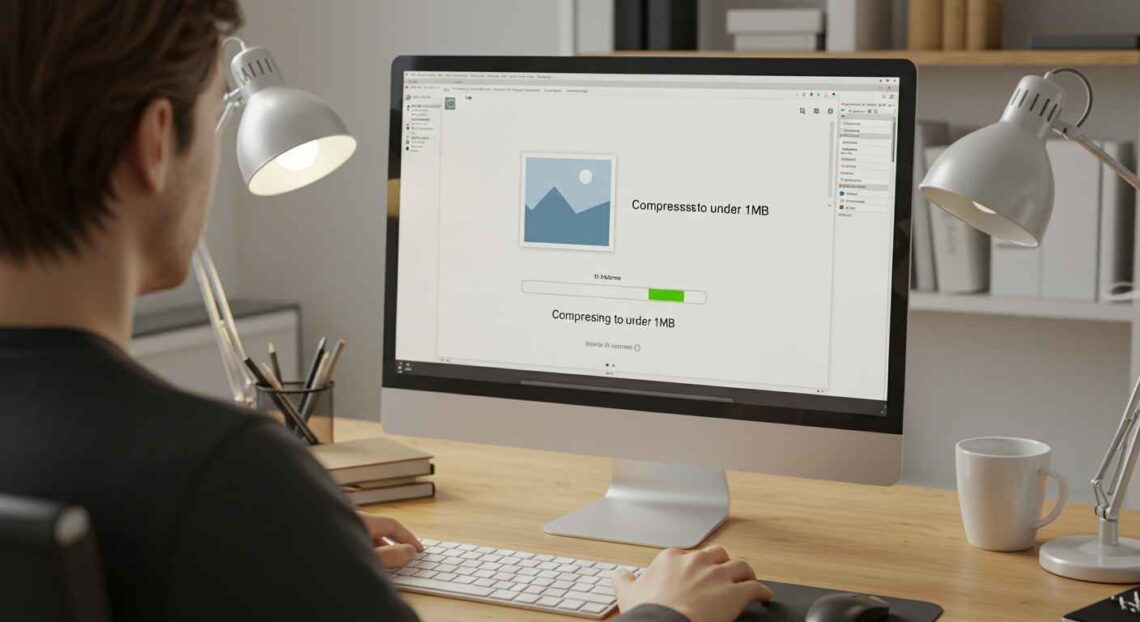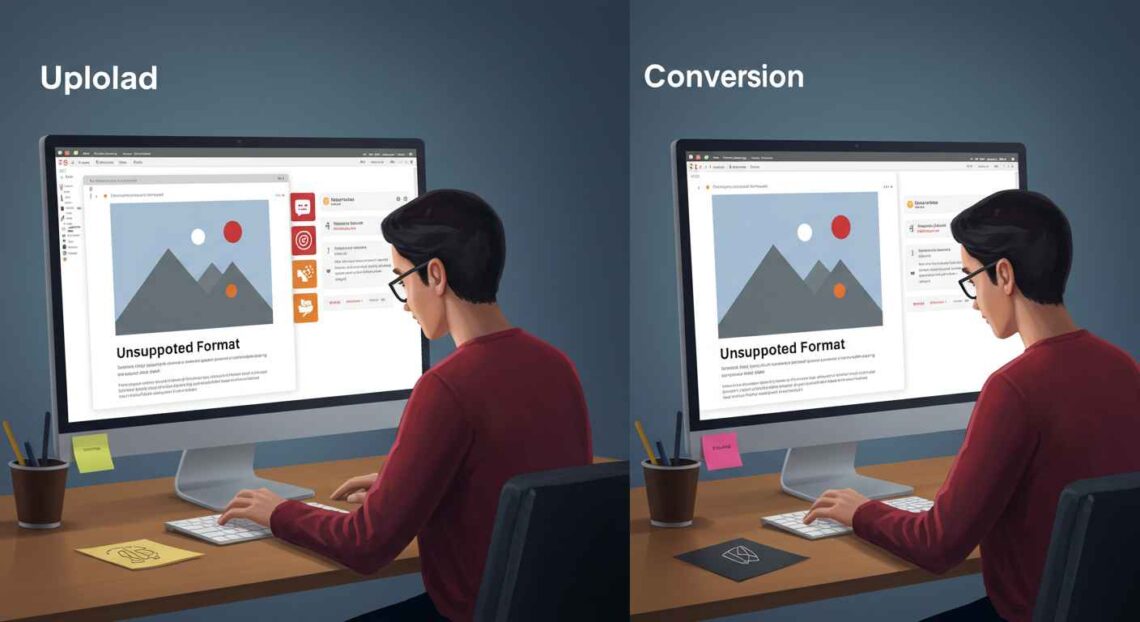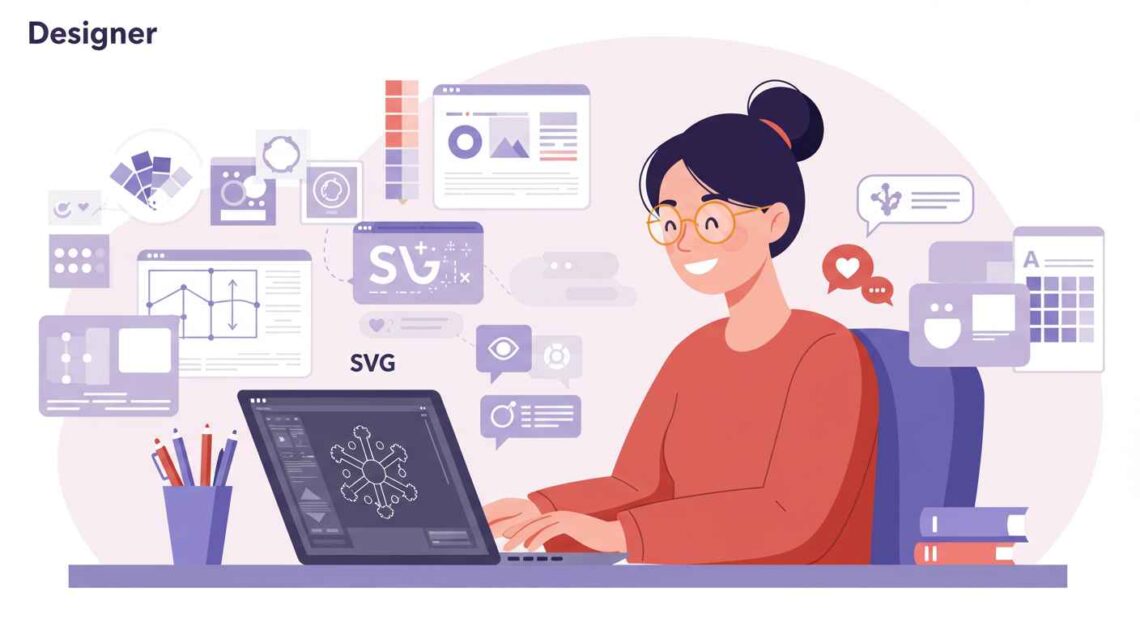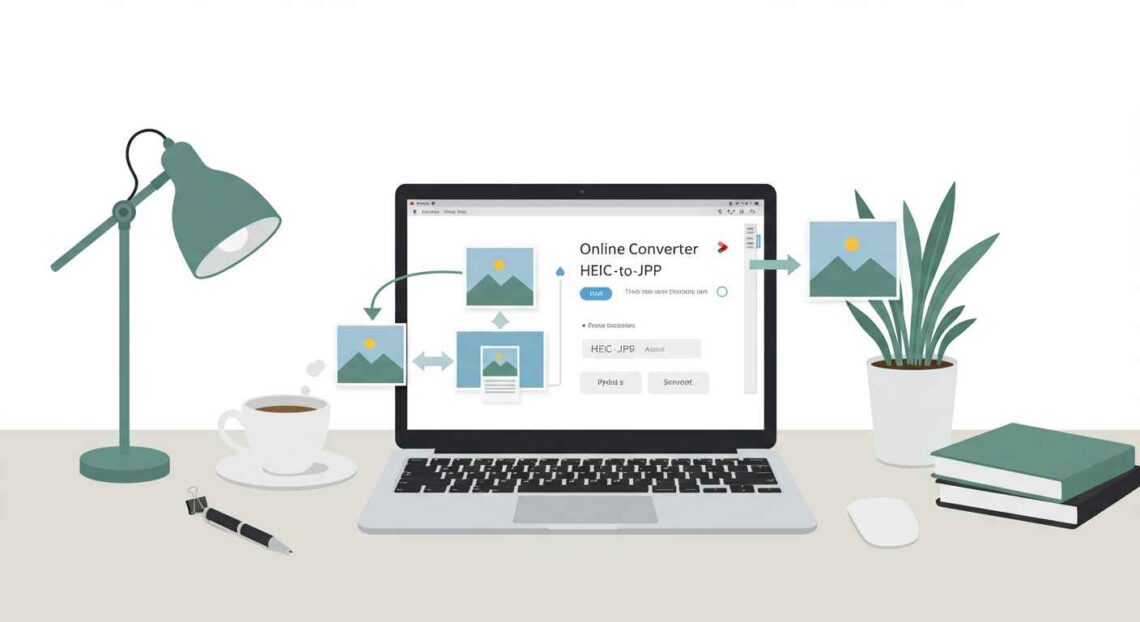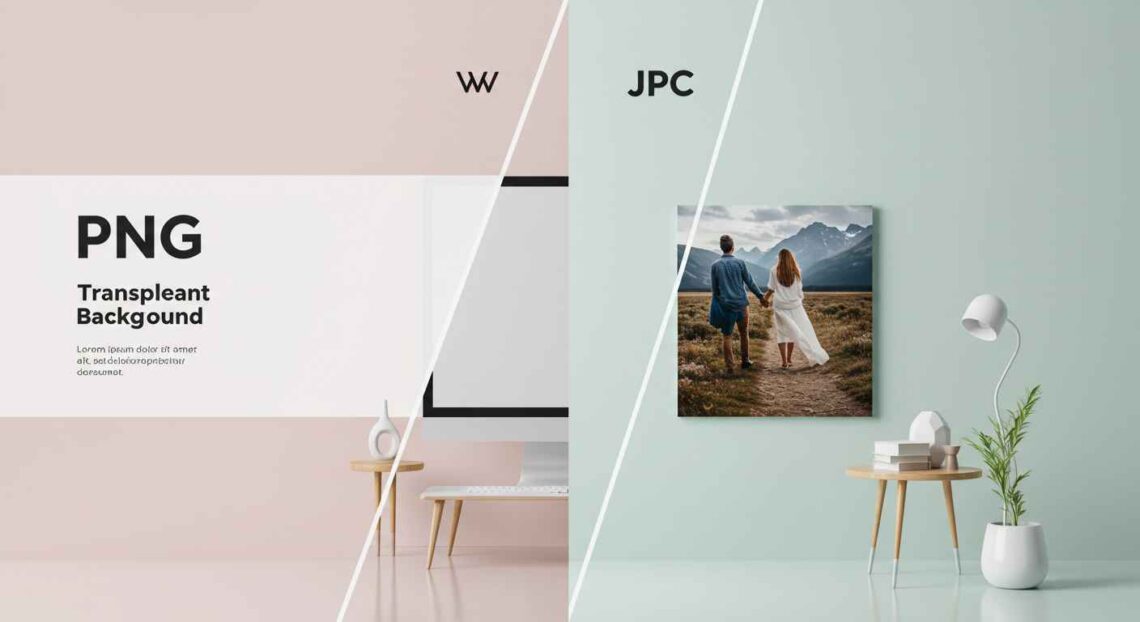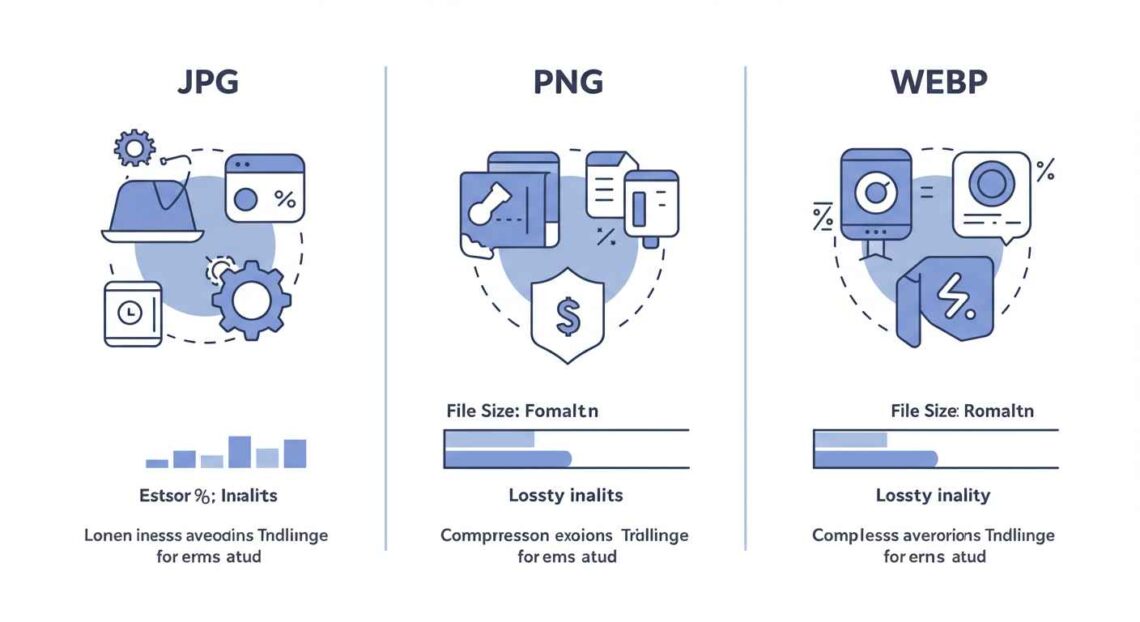Website speed matters — a lot. Whether you’re running a blog, online store, or portfolio, how fast your site loads can make or break the user experience.
Image Formats
-
-
How to Compress Large Images Under 1MB
Images are one of the biggest reasons websites and devices run slowly. Whether you’re uploading photos to your website, sharing them on social media, or attaching them to emails — large image sizes can be a real problem. That’s why compressing images under 1MB is an essential skill for anyone…
-
Fix Image Upload Errors (Unsupported Format Issue)
Uploading an image should be a simple task — but sometimes, you get that frustrating message: “Upload failed: unsupported format” or “This file type is not allowed.”
-
What Is SVG and When to Use It
If you’ve ever zoomed in on a logo or icon and noticed it stays perfectly sharp — no blur, no pixelation — chances are, that image was an SVG file. SVG is one of the most powerful and versatile image formats used on the web today. It’s lightweight, scalable, and…
-
Convert HEIC to JPG Online Easily
Have you ever tried to open a photo from your iPhone on a computer, and it wouldn’t display properly? You’re not alone.
-
When to Use PNG vs JPG?
If you’ve ever saved an image online, you’ve probably seen both PNG and JPG (or JPEG) formats.They’re two of the most common image file types — but choosing the right one can make a big difference in image quality, size, and performance. Whether you’re designing a website, editing a photo,…
-
Difference Between JPG, PNG, and WebP Formats
When you download or edit an image online, you often see file types like JPG, PNG, or WebP. They may look similar at first, but each format is designed for a different purpose. Choosing the right one can affect your image quality, website speed, and even SEO performance. In this…
